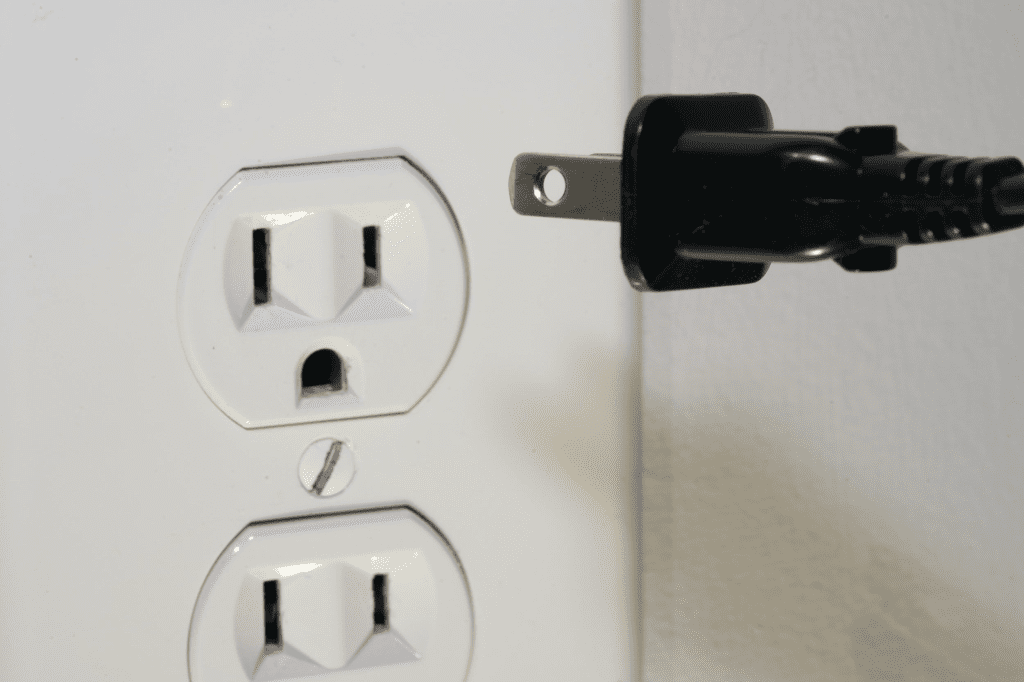With growing awareness about energy conservation, many people are searching for simple yet effective ways to cut down on energy consumption and lower their electricity bills. One popular tip is unplugging appliances and electronics when they’re not in use to eliminate what’s known as “phantom load.” But does this really work? Let’s break it down and explore whether unplugging your devices makes a noticeable impact.

What Is Phantom Load and Why Should You Care?
Phantom load, also called standby power, is the energy that appliances and electronics consume when they’re turned off but still plugged in. Surprising, right? Many devices keep drawing electricity to stay in standby mode, maintain memory settings, or power LED indicators. Over time, this seemingly small energy draw can add up, increasing both your electricity bill and your carbon footprint.
Common Energy Vampires in Your Home
Some appliances are notorious for silently consuming electricity even when not in use. Let’s identify these sneaky culprits:
- Televisions and Entertainment Systems
TVs and audio systems often stay in standby mode to power features like instant-on. This convenience, however, comes at the cost of continuous energy draw. - Device Chargers
Phone and laptop chargers left plugged in without their devices still pull electricity, even if nothing is connected. - Kitchen Gadgets
Toasters, coffee makers, and microwaves with digital clocks or displays consume energy around the clock. - Computers and Accessories
Desktops, printers, and Wi-Fi routers are frequent offenders, using electricity even in idle or low-power states. - Gaming Consoles
Video game consoles are among the biggest energy vampires, especially if they have quick-start features enabled or are left in standby mode.
How Much Energy Are You Losing?
The amount of electricity used by phantom loads may seem small for a single device, but when you multiply it by all the appliances in your home, the numbers grow quickly. For example, leaving a television, gaming console, and a handful of chargers plugged in could cost you several dollars a month—money you’re essentially throwing away.
To measure how much energy these devices consume in standby mode, you can use an energy usage monitor. This tool lets you see how much electricity each appliance draws when it’s “off” versus fully operational. The results might surprise you.
Why Unplugging Appliances Matters
So, does unplugging devices save electricity? The short answer is yes. Here’s how it can make a difference:
- Lower Energy Consumption
Unplugging prevents devices from drawing power unnecessarily, directly reducing your electricity usage. - Cut Costs Over Time
While the savings from unplugging one device may seem small, the cumulative effect across all your devices can noticeably reduce your electricity bill. - Extend Appliance Lifespan
Power surges, which can damage electronics, are avoided when devices are unplugged. Fewer power fluctuations mean a longer lifespan for your appliances. - Increase Household Safety
Unplugging reduces the risk of electrical fires caused by faulty wiring or overheating in idle devices.

Smart Tips for Managing Phantom Load
Let’s face it: unplugging every appliance every time you’re not using it might seem tedious. But with a few smart strategies, you can make this habit more manageable:
- Use Power Strips
Group devices like TVs, gaming consoles, and chargers on a single power strip. With one flip of the switch, you can cut power to all connected devices at once. - Unplug Chargers
Make a habit of unplugging chargers after your devices are fully charged. There’s no need to leave them plugged in overnight. - Focus on Rarely Used Appliances
Appliances or gadgets you use infrequently—like that old DVD player or extra coffee maker—should stay unplugged until you need them. - Invest in Smart Plugs
Smart plugs let you control power remotely or set schedules for devices to turn off automatically when not in use. - Label and Organize Cords
Keep track of which cord belongs to which device. This makes unplugging and reconnecting quicker and less of a hassle.
The Environmental Impact of Unplugging
Beyond saving money, unplugging your devices has a positive effect on the environment. By reducing energy demand, you help lower the overall strain on power grids, reducing greenhouse gas emissions. Each small step you take contributes to a more sustainable future.
Think of it as turning off a faucet to conserve water—it might seem minor in isolation, but when everyone does it, the collective impact is substantial.

Final Thoughts: Does Unplugging Make a Difference?
Unplugging appliances can absolutely save electricity, though the amount depends on how many devices you unplug and how often you do it. By taking small, consistent steps like using power strips, unplugging chargers, and embracing smart plugs, you can effectively reduce phantom load in your home.
The benefits go beyond just lower energy bills. You’ll enjoy a safer home, longer-lasting appliances, and the satisfaction of contributing to environmental conservation. So, next time you finish watching TV or charging your phone, ask yourself: Why not unplug? It’s a simple habit that pays off in more ways than one.


